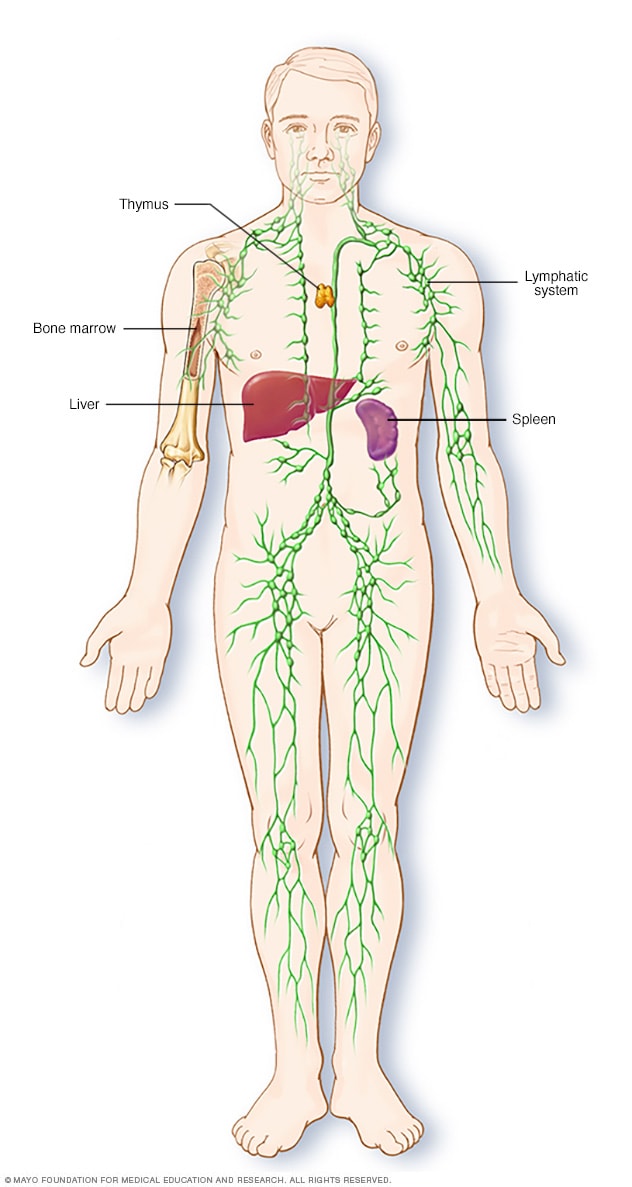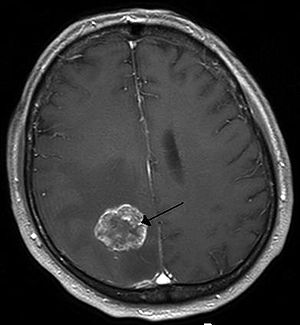- Leukemia:
A cancer of blood-forming tissues, hindering the body's ability to fight infection.
Rare
Fewer than 100 thousand cases per year (Nigeria)
Leukaemia is cancer of blood-forming tissues, including bone marrow. Many types exist such as acute lymphoblastic leukaemia, acute myeloid leukaemia and chronic lymphocytic leukaemia.
Many patients with slow-growing types of leukaemia don't have symptoms. Rapidly growing types of leukaemia may cause symptoms that include fatigue, weight loss, frequent infections and easy bleeding or bruising.
Treatment is highly variable. For slow-growing leukaemias, treatment may include monitoring. For aggressive leukaemias, treatment includes chemotherapy that's sometimes followed by radiation and stem-cell transplant.
Also treatment for leukemia can be complex — depending on the type of leukemia and other factors. But there are strategies and resources that can help to make your treatment successful.
Also treatment for leukemia can be complex — depending on the type of leukemia and other factors. But there are strategies and resources that can help to make your treatment successful.
Ages affected
| 0-2 |
|
| 3-5 |
|
| 6-13 |
|
| 14-18 |
|
| 19-40 |
|
| 41-60 |
|
| 60+ |
|
Consult a doctor for medical advice
- Symptoms of leukaemia
Leukemia symptoms vary, depending on the type of leukemia. Common leukemia signs and symptoms include:
- Fever or chills
- Persistent fatigue, weakness
- Frequent or severe infections
- Losing weight without trying
- Swollen lymph nodes, enlarged liver or spleen
- Easy bleeding or bruising
- Recurrent nosebleeds
- Tiny red spots in your skin (petechiae)
- Excessive sweating, especially at night
- Bone pain or tenderness
When to see a doctor
Make an appointment with your doctor if you have any persistent signs or symptoms that worry you.
Leukemia symptoms are often vague and not specific. You may overlook early leukemia symptoms because they may resemble symptoms of the flu and other common illnesses.
Rarely, leukemia may be discovered during blood tests for some other condition.
- Causes
-
Lymphatic system
Scientists don't understand the exact causes of leukemia. It seems to develop from a combination of genetic and environmental factors.
How leukemia forms
In general, leukemia is thought to occur when some blood cells acquire mutations in their DNA — the instructions inside each cell that guide its action. There may be other changes in the cells that have yet to be fully understood that could contribute to leukemia.
Certain abnormalities cause the cell to grow and divide more rapidly and to continue living when normal cells would die. Over time, these abnormal cells can crowd out healthy blood cells in the bone marrow, leading to fewer healthy white blood cells, red blood cells and platelets, causing the signs and symptoms of leukemia.
How leukemia is classified
Doctors classify leukemia based on its speed of progression and the type of cells involved.
The first type of classification is by how fast the leukemia progresses:
leukemia progresses:
- Acute leukemia. In acute leukemia, the abnormal blood cells are immature blood cells (blasts). They can't carry out their normal functions, and they multiply rapidly, so the disease worsens quickly. Acute leukemia requires aggressive, timely treatment.
- Chronic leukemia. There are many types of chronic leukemias. Some produce too many cells and some cause too few cells to be produced. Chronic leukemia involves more mature blood cells. These blood cells replicate or accumulate more slowly and can function normally for a period of time. Some forms of chronic leukemia initially produce no early symptoms and can go unnoticed or undiagnosed for years.
Follow this link to read more: https://www.mayoclinic.org/diseases-conditions/leukemia/symptoms-causes/syc-20374373


No comments:
Post a Comment